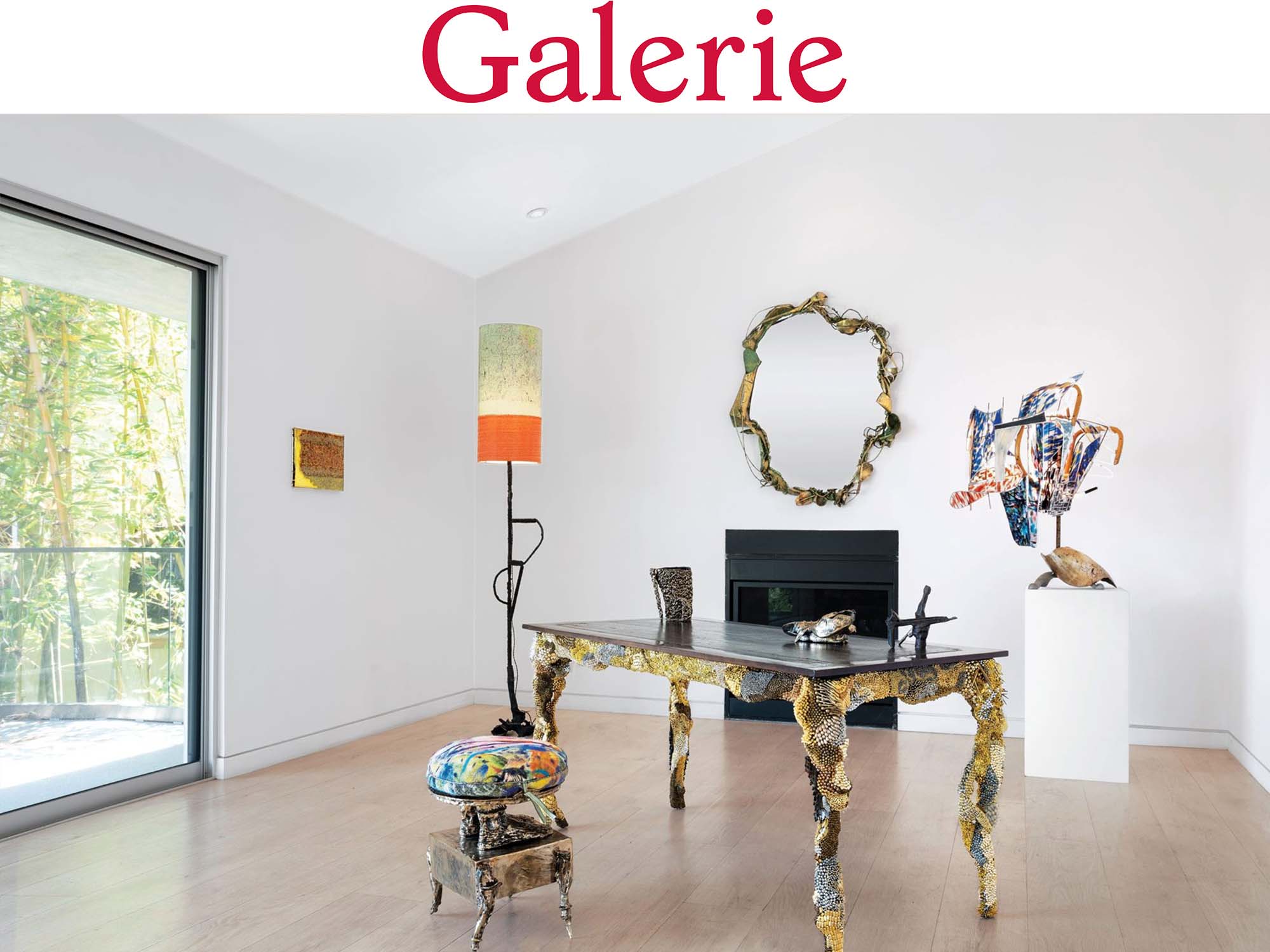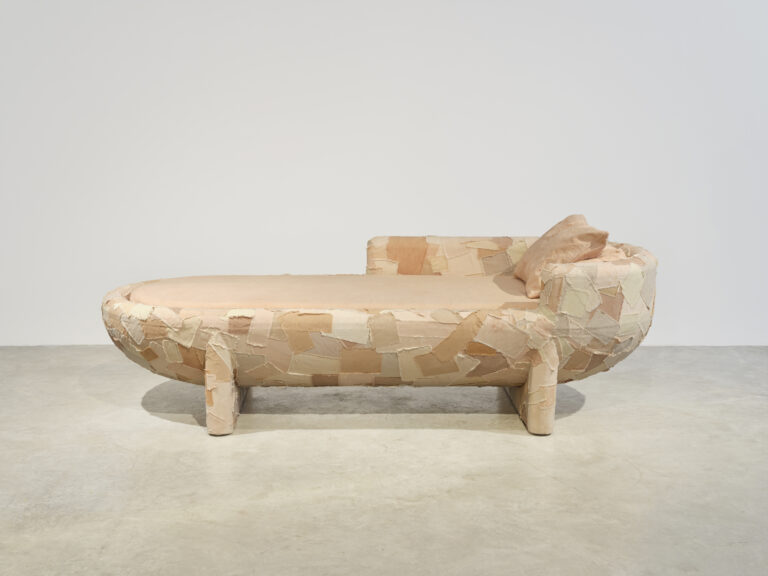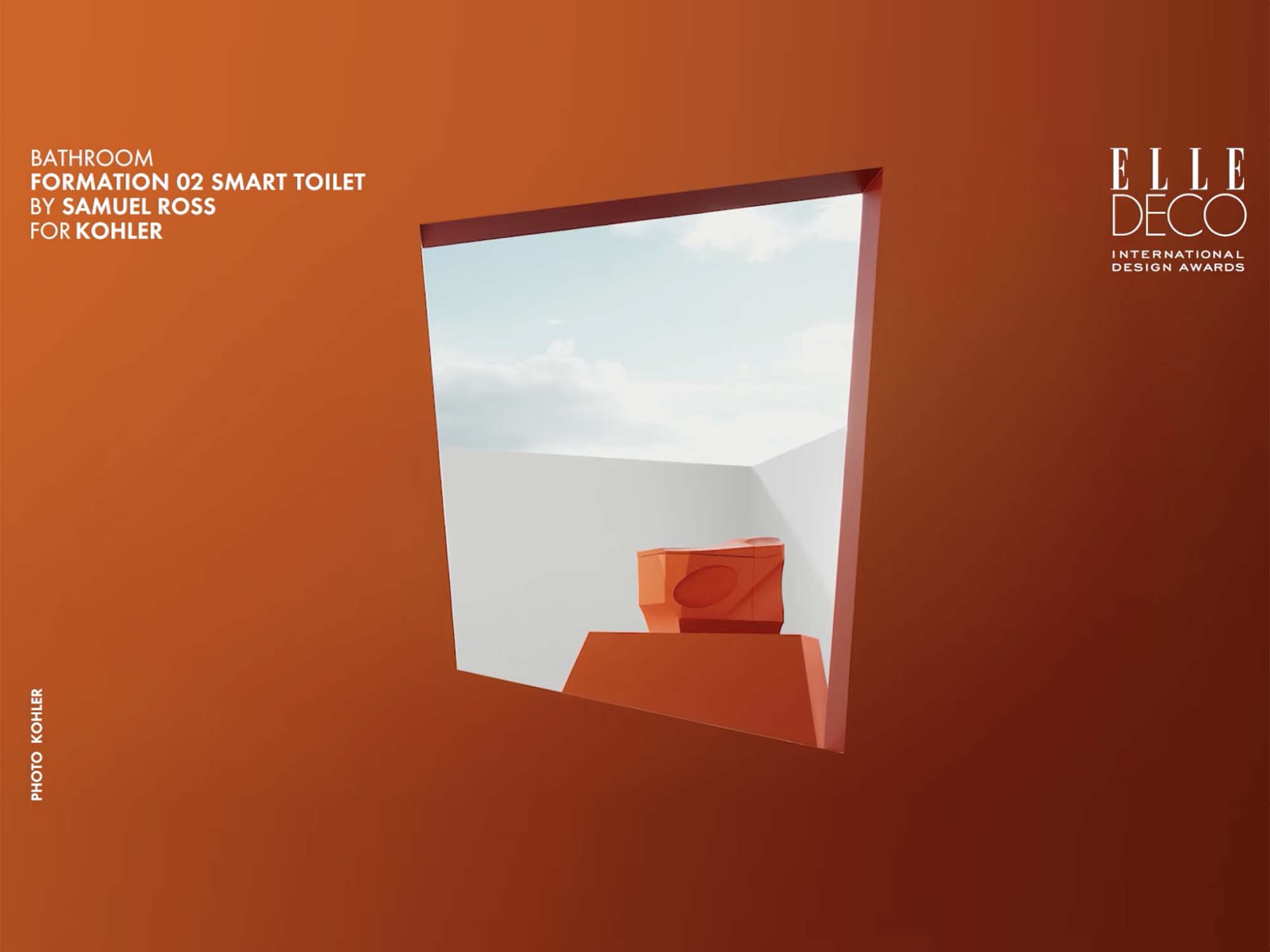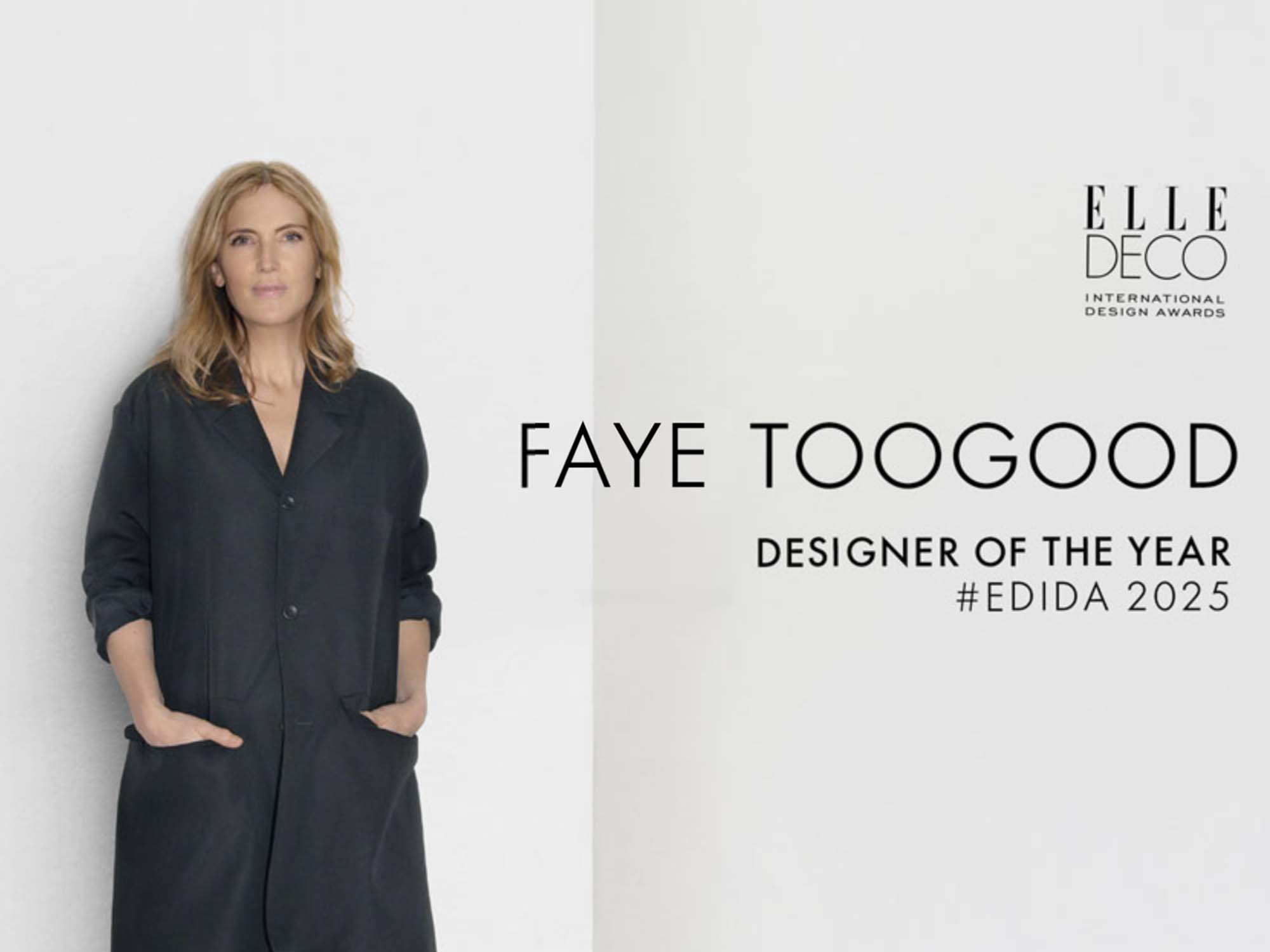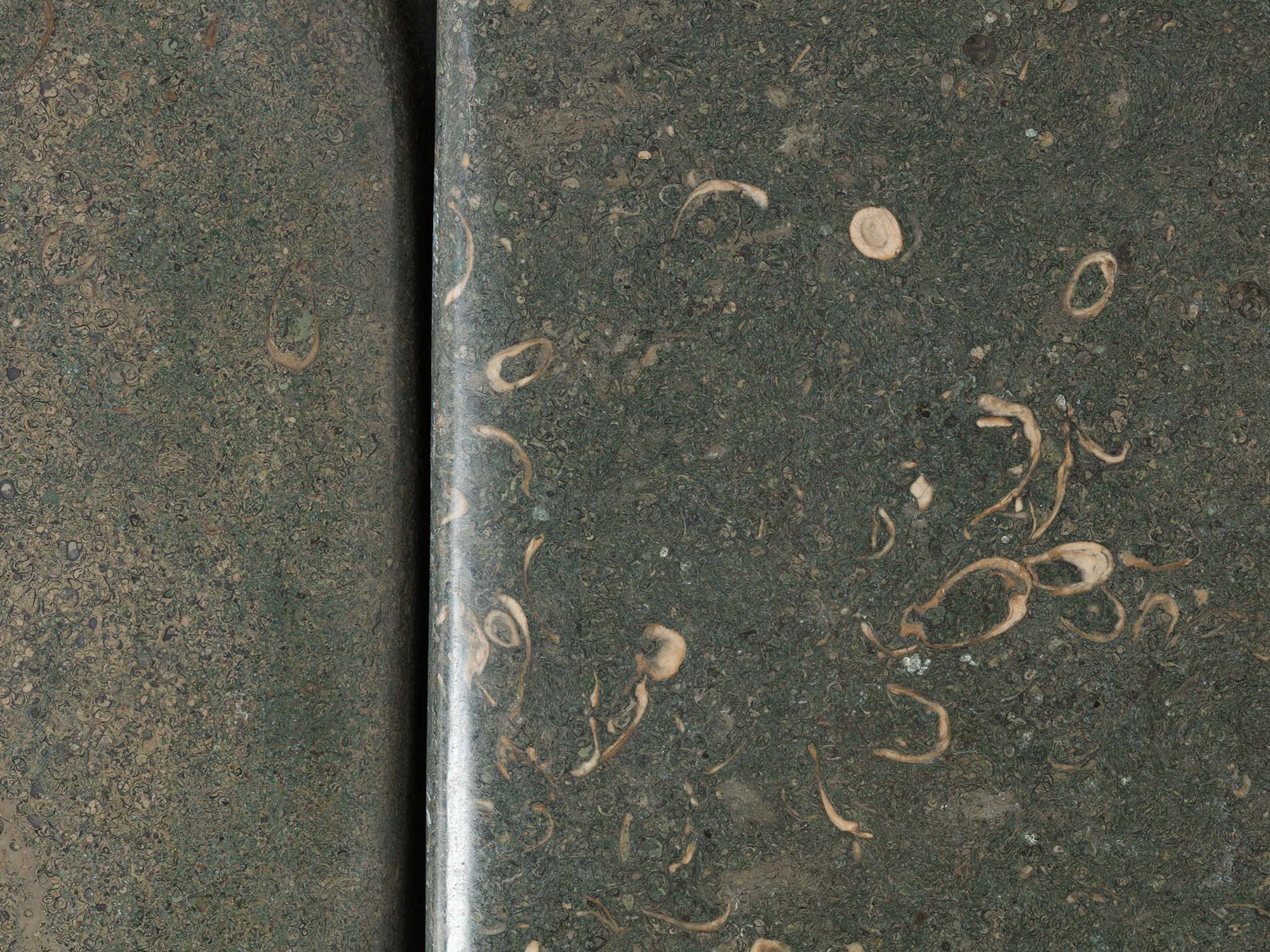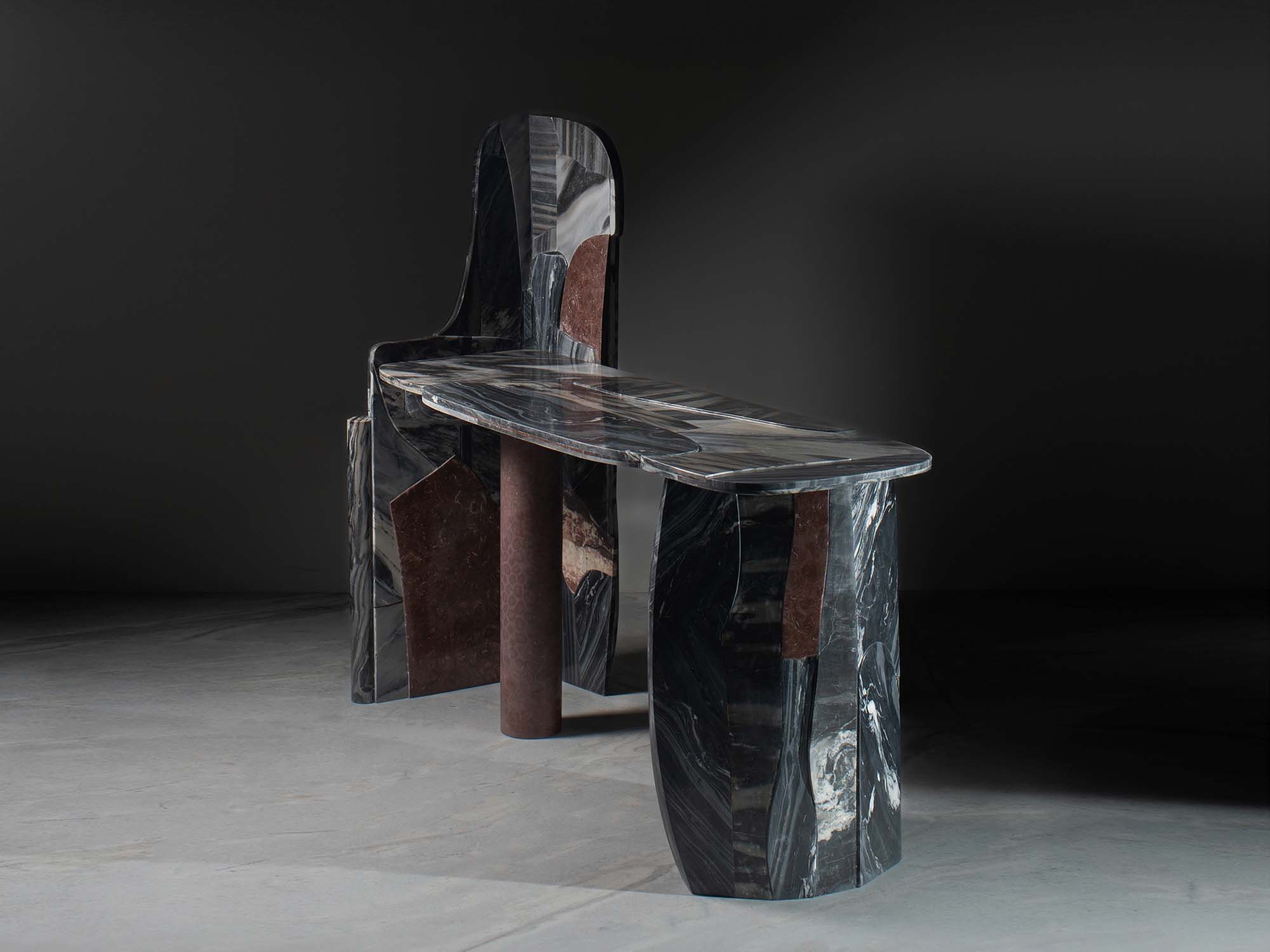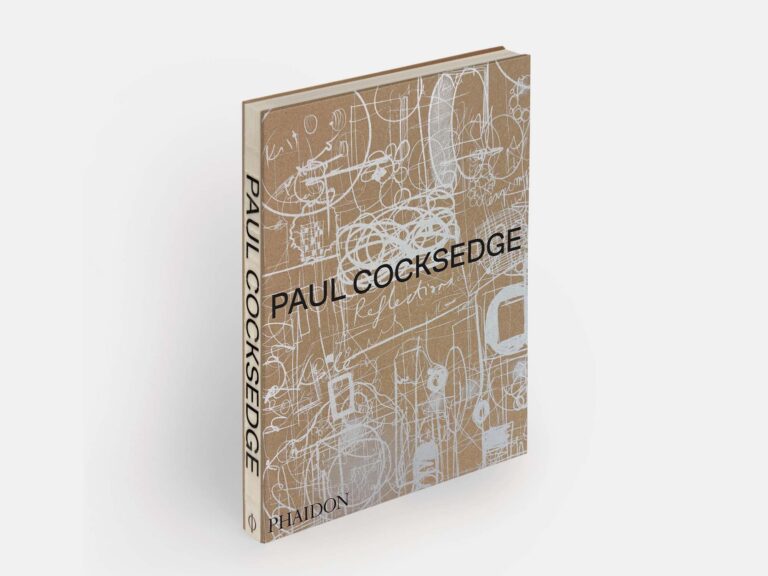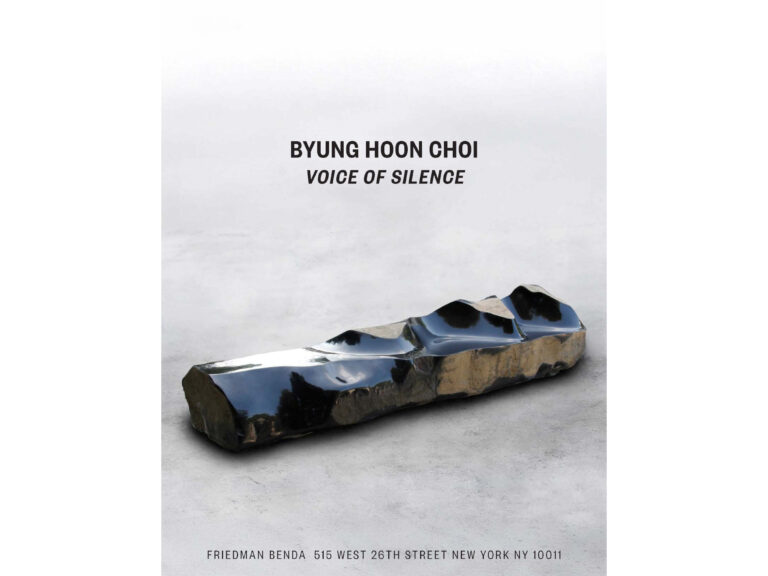By Geoffrey Montes
A particular type of alchemy occurs when two artists a generation apart team up and start designing functional objects. Initially friends, William Farrell and Elliott Hundley began collaborating on experimental works in 2018, using the latter’s Los Angeles studio as a place to try new ideas. Those included early explorations in concrete, which was eventually eschewed for a more adaptable medium. “Bronze gives you so much leeway as a material,” explains Farrell, who also employs the metal to fashion his own fine art sculptures. “You can have imperfections and chaos.”
The duo, known under the name Farrell Hundley, uses the lost wax casting method—in which the mold is destroyed during firing—to produce one-of-a-kind bronze works from assemblages of twigs, lobster shells, and other found items. “It’s the most ancient process but also the simplest in a way,” says Hundley, whose multidisciplinary solo practice, the subject of a 2023 show at Kasmin, spans painting, photography, and collage. “We aren’t traditional craftsmen, so we aren’t going to create objects that are perfect and planned,” adds Farrell.
Last year, they landed on the radar of interior designers and collectors, thanks to a pair of successive exhibitions, “Daphne” at Nina Johnson in Miami and “Chorus” at Friedman Benda’s L.A. outpost. Both shows included extraordinary vessels, tables, chairs, mirrors and lighting primarily made during the first two years of the pandemic, when they were in the same pod.
The extended period in isolation, says Hundley, “gave us the bandwidth to let something creative gestate for a while.” A shared interest in Egyptian and Greek mythology means that each of the works evokes time-honored legends, either directly or indirectly. The cushioned Olydorus bench, for instance, is composed of a bronze body molded from driftwood, a reference to the eponymous Trojan warrior, whose corpse was found floating in the ocean. “Every piece has its own decisive language,” says Farrell.
Hakabe’s Star, named after the Queen of Troy, is a rare tapestry by the makers. Made using a felting technique that merges silk, wool, cashmere, and discarded clothing, it descends into a symphony of rough and unfinished tassels. “I didn’t want to hem it and make it fine,” says Hundley, “but rather give it intention, finesse, and subtlety.”
“We aren’t traditional craftsmen, so we aren’t going to create objects that are perfect and planned.”
— William Farrell
In addition to fulfilling their roster of private commissions, the two are honing new techniques such as collage-style adornments, which they recently incorporated in a desk and table. “We want to be mindful about our materials,” adds Hundley. “Beyond their function, we’re always imagining how our pieces will exist as relics of culture.”
A version of this article first appeared in print in our 2024 Fall Issue under the headline “Two of a Kind.”
